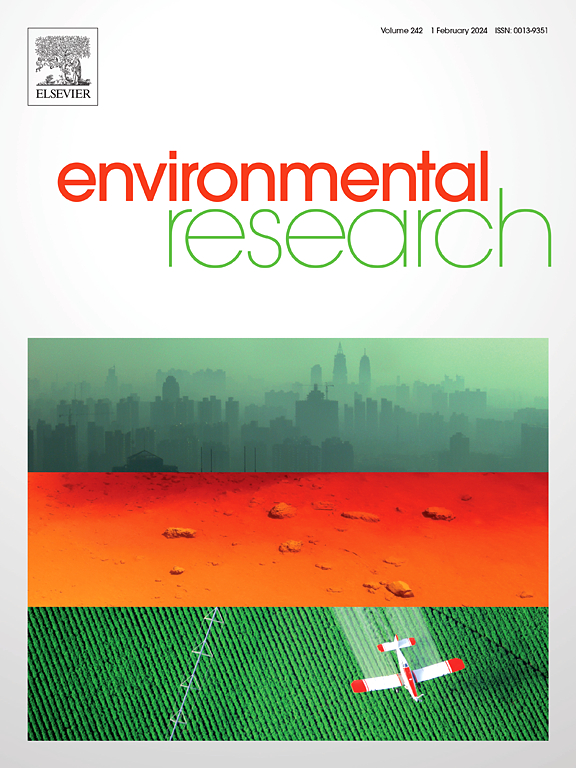土壤中的农药作为食物中残留的来源,经过两年的有机农业转化
IF 7.7
2区 环境科学与生态学
Q1 ENVIRONMENTAL SCIENCES
引用次数: 0
摘要
有机食品中的农药残留可能源于非故意污染或欺诈行为。本研究的目的是开发一种模式,可以区分有机食品中土壤来源的农药残留和其他来源的农药残留。使用来自德国的90种农药的数据集,我们检验了关于农药销售量、土壤和食物中的残留以及相关物质的化学性质之间的统计联系的四个假设。第二步,在轮作作物研究的基础上,我们确定了哪些农药可能是有机食品中残留的来源,并试图通过主成分分析(PCA)和线性判别分析(LDA)找到这一目的的模式。土壤中的残留物在统计上与土壤的销售数量和持久性有关,但与推荐的施用量无关。食物中的残留物与土壤中的残留物显著相关,但与销售数量无关,也与从土壤中吸收化学物质相关的化学性质无关。根据轮作作物研究,90种化学物质中有21种可能在农场经过两年的转化后在有机食品中造成残留,而69种化学物质则不太可能。使用5个变量,PCA和LDA生成的方程允许识别“可能”情况的错误率仅为1.5%,而“不太可能”的错误率为71.4%。我们得出结论,土壤中的农药残留只是有机食品中残留的一个次要原因。我们的多步骤决策树允许识别这可能发挥作用的情况。本文章由计算机程序翻译,如有差异,请以英文原文为准。
Pesticides in soils as a source of residues in food after two years conversion to organic farming
Pesticide residues in organic food can stem from non-intentional contamination or from fraudulent practices. The purpose of this study is to develop a pattern that allows to differentiate soil-derived pesticide residues in organic food from other sources. Using datasets from Germany for 90 pesticides, we tested four hypothesis concerning the statistical connection between sold quantities of pesticides, residues in soil and food, and chemical properties of the concerned substances. In a second step, based on rotational crop studies we identified, which pesticides could play a role as a source of residues in organic food, and tried to find a pattern for this purpose through principal component analysis (PCA) and linear discriminant analysis (LDA). Residues in soils are statistically connected to sold quantities and persistence in soil, but not to recommended application rates. Residues in food are significantly connected to residues in soil, but not to sold quantities nor to chemical properties associated with uptake of chemicals from soil. According to rotational crop studies, 21 out of 90 chemicals could possibly cause residues in organic food after the farm has undergone two years conversion, while for 69 chemicals this is unlikely. Using five variables, the PCA and LDA yield equations that allow to identify “possible” cases with an error rate of 1.5 % only, while the rate for “unlikely” is 71.4 %. We conclude that pesticide residues in soil are only a minor cause of residues in organic food. Our multi-step decision tree allows to identify cases where this could play a role.
求助全文
通过发布文献求助,成功后即可免费获取论文全文。
去求助
来源期刊

Environmental Research
环境科学-公共卫生、环境卫生与职业卫生
CiteScore
12.60
自引率
8.40%
发文量
2480
审稿时长
4.7 months
期刊介绍:
The Environmental Research journal presents a broad range of interdisciplinary research, focused on addressing worldwide environmental concerns and featuring innovative findings. Our publication strives to explore relevant anthropogenic issues across various environmental sectors, showcasing practical applications in real-life settings.
 求助内容:
求助内容: 应助结果提醒方式:
应助结果提醒方式:


